1. Tiny, Corseted Waists
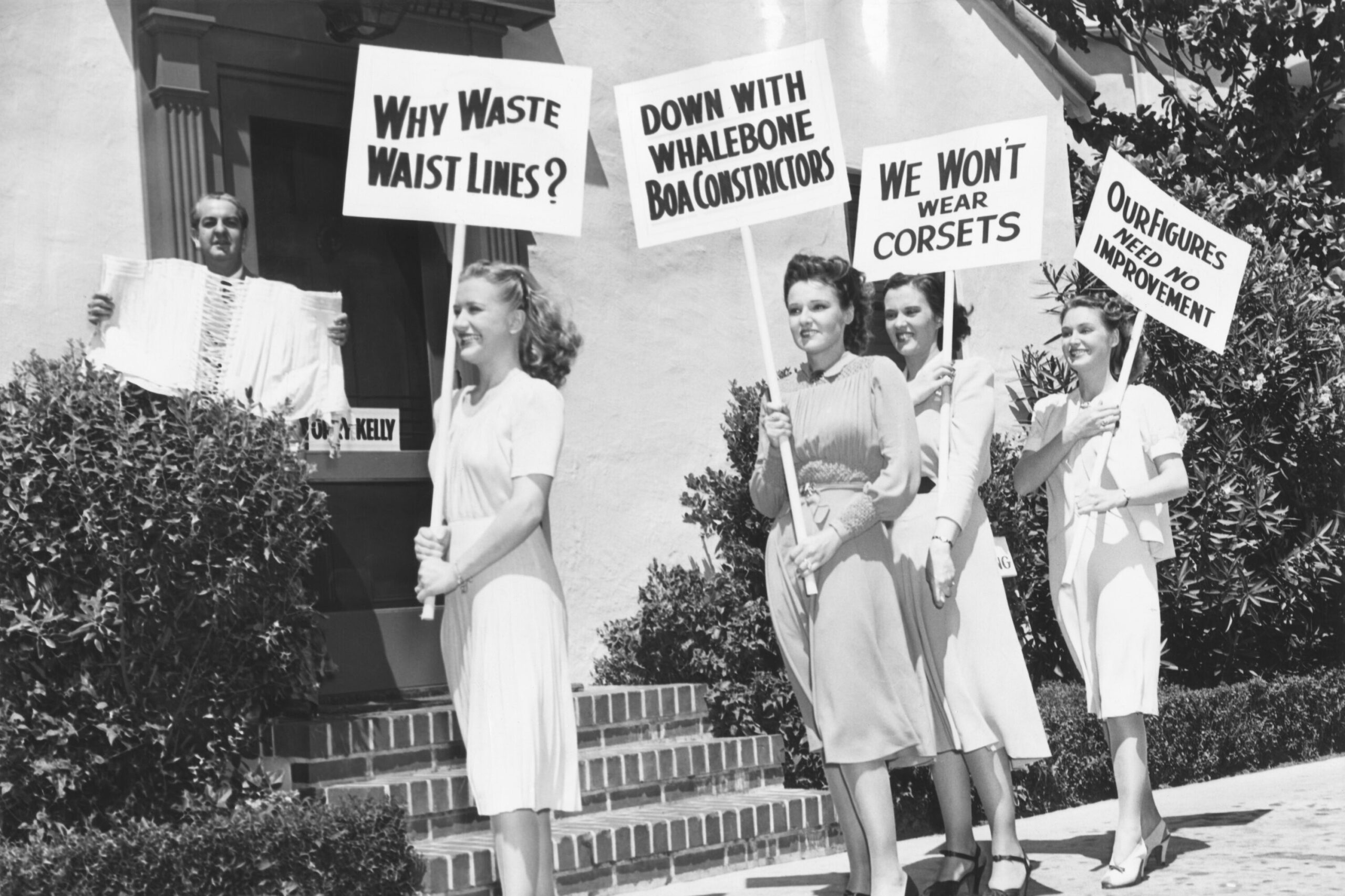
Back in the ‘Victorian era, women were expected to squeeze themselves into corsets so tight they could barely breathe. The goal was to achieve an impossibly tiny waist, often referred to as an “hourglass figure,” even if it meant crushing their ribs. Some women had waists as small as 16 inches, which is hard to imagine today. Doctors warned that corsets could cause organ displacement, breathing issues, and even fainting spells. Yet, the beauty standard persisted, and women kept lacing up says Yahoo.
The pressure to achieve this exaggerated silhouette led to some extreme measures. There are stories of women even removing ribs to achieve the look, though it’s debated how common that actually was. Fashion may have evolved, but versions of this still exist today, with waist trainers and shapewear promising similar results. Thankfully, we now know that comfort and health should come first, not outdated ideals adds Parade Magazine.
2. Lead-Based Makeup

Pale skin was the height of beauty for centuries, but getting that ghostly glow was anything but safe. In the ’16th and ’17th centuries, women slathered their faces with lead-based makeup, which slowly poisoned them. Queen Elizabeth I was a famous user of “Venetian ceruse,” a white foundation made of lead and vinegar. Over time, the makeup caused skin damage, hair loss, and even neurological issues. Instead of recognizing the harm, women just applied more layers to cover up the damage says the CDC.
Even when doctors started warning about lead poisoning, the trend stuck around. Women prioritized looking flawless over their own well-being, proving how strong beauty pressures were. It’s wild to think that the very thing meant to make them look better was actually making them sick. Thankfully, we now have safer makeup options that won’t send us to an early grave explains the Conversation.
3. Blackened Teeth in Japan
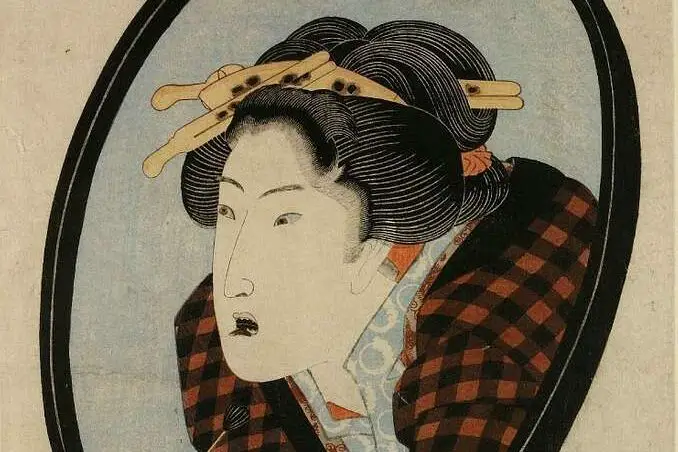
During Japan’s Edo period, black teeth were seen as a sign of beauty and maturity. Women (and sometimes men) used a dye made from iron filings and vinegar to stain their teeth permanently. The practice, called “ohaguro,” was considered elegant and even helped protect against cavities. To outsiders, it might sound strange, but at the time, it was a major fashion statement. The deep black color symbolized sophistication, and noblewomen were expected to follow the trend.
The practice eventually faded out when Japan began adopting Western beauty ideals. By the late ’19th century, having white teeth became the new standard, and blackening them was even banned. It’s a reminder of how drastically beauty norms can change over time. What’s in style one century can be seen as shocking the next!
4. Forehead Plucking in the Middle Ages
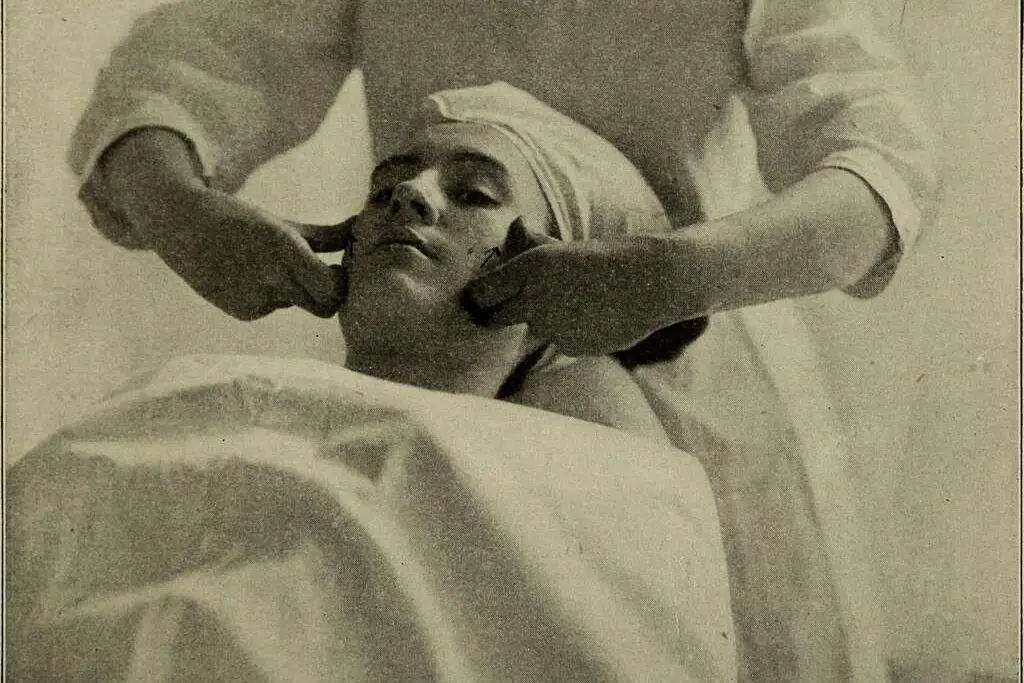
In medieval Europe, having a high, smooth forehead was considered a sign of elegance. To achieve this look, women would pluck out their hairline—sometimes removing entire rows of hair. Some even went as far as rubbing substances like vinegar and walnut oil on their scalps to slow hair growth. The idea was to make the forehead look as large and rounded as possible. To modern eyes, it almost looks like a receding hairline, but back then, it was a beauty must-have.
This trend was especially popular among noblewomen, who wanted to appear sophisticated and refined. Portraits from the time often show women with nearly bald foreheads, which was seen as the height of grace. Today, most people try to do the exact opposite, filling in their hairlines rather than erasing them. It’s funny how beauty ideals can flip completely over time!
5. Foot Binding in China
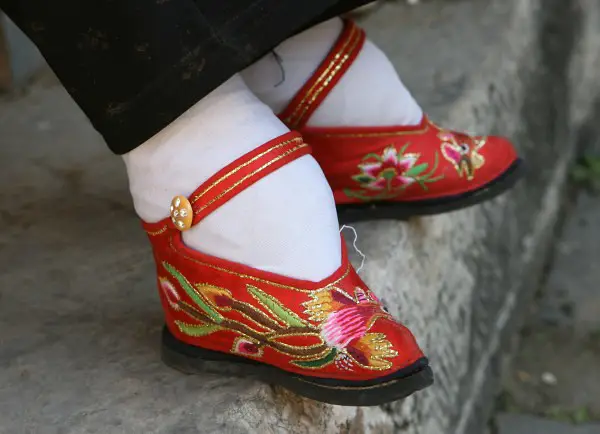
Perhaps one of the most infamous beauty trends, foot binding was a painful practice in China for centuries. Starting as early as age five, girls’ feet were tightly wrapped to keep them from growing. The goal was to create “lotus feet,” which were considered dainty and desirable. In reality, it led to lifelong pain, deformities, and even difficulty walking. The smaller the feet, the more attractive a woman was thought to be, regardless of the suffering involved.
Despite the agony, women continued to undergo the practice because it was deeply tied to status and marriage prospects. If a woman didn’t have bound feet, her chances of finding a husband were slim. It wasn’t until the early ’20th century that the practice was finally banned. Now, we look back and wonder how such extreme measures were ever considered beautiful.
6. Extreme Hair Powdering
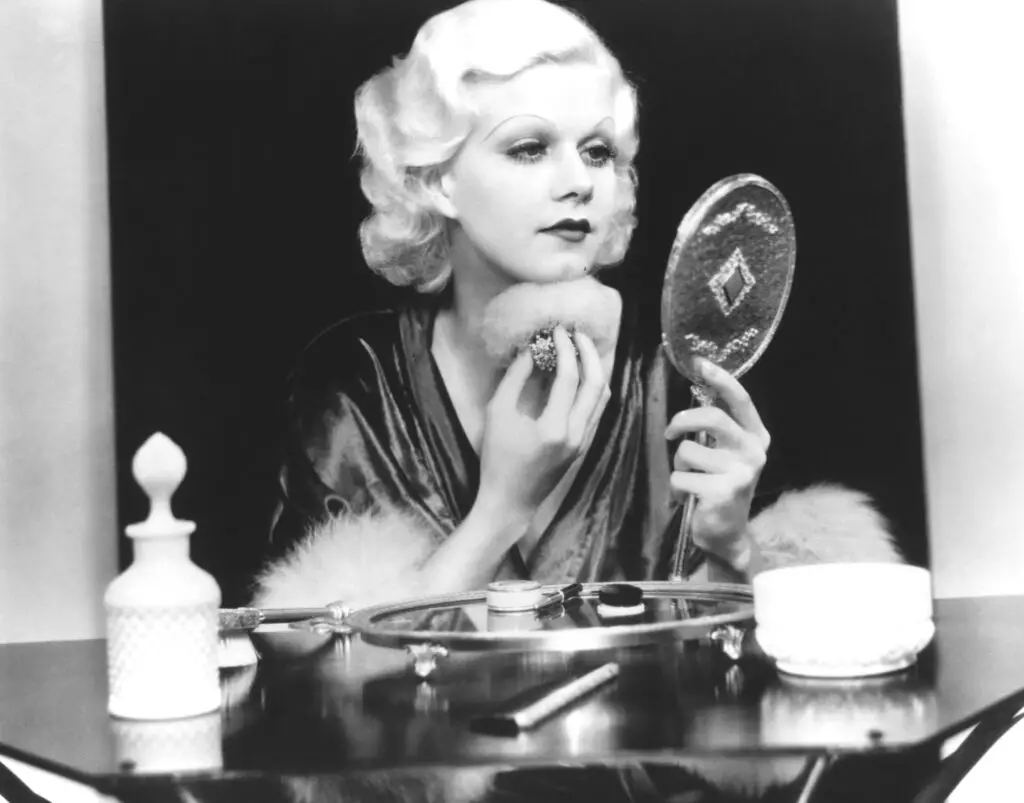
In the ’18th century, both men and women in Europe piled on thick layers of hair powder to achieve an ultra-pale, voluminous look. The powder, often made from wheat flour, starch, or even toxic lead, would be applied heavily to wigs or natural hair. Some styles required so much powder that people had to sleep sitting up to keep their hair intact. It was a sign of wealth and sophistication, but it also attracted lice and turned hair into a dusty mess.
To make matters worse, the powder was flammable, meaning a single spark could set someone’s head on fire. The fashion eventually died out, especially when a tax was placed on hair powder in the late ’18th century. Looking back, it’s hard to imagine going through all that just for a fashionable head of hair. It certainly makes today’s styling struggles seem minor in comparison!
7. Pencil-Thin Eyebrows of the ’20s and ’30s
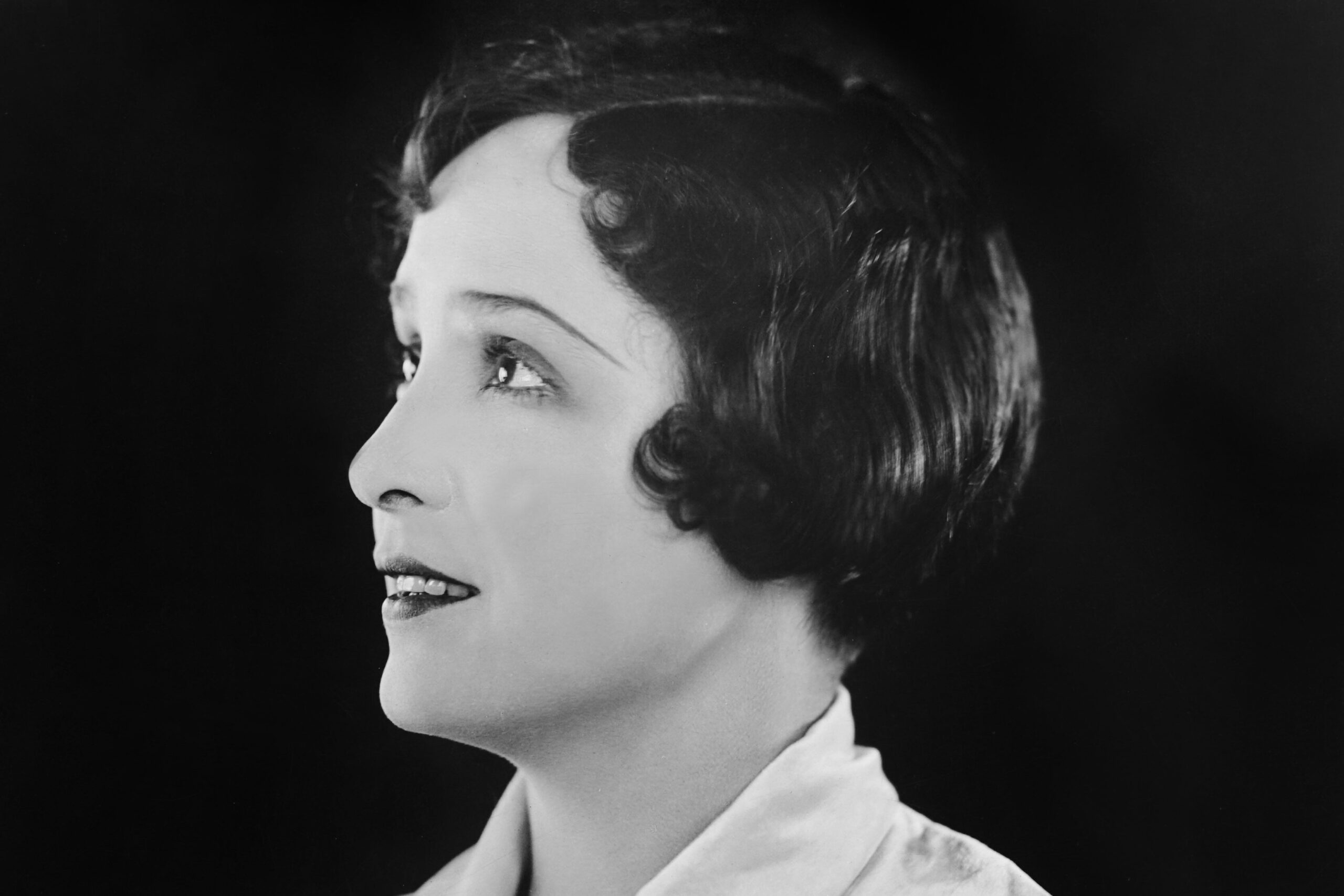
During the ’20s and ’30s, women took their tweezers to the extreme, plucking their eyebrows into ultra-thin, barely-there lines. Hollywood actresses like Clara Bow and Jean Harlow popularized the look, making it a must-have for fashionable women. The idea was to create an exaggerated, dramatic arch that enhanced facial expressions. Unfortunately, over-plucking led to long-term damage, with many women struggling to grow their brows back.
Ironically, thick, natural brows came back into style decades later, leaving those who had over-tweezed regretting their choices. Many women today spend time trying to regrow or fill in their brows after years of plucking. It’s proof that following trends too strictly can sometimes backfire. If only they had known that bushy brows would eventually be all the rage!
8. Extra-Large Hoop Skirts
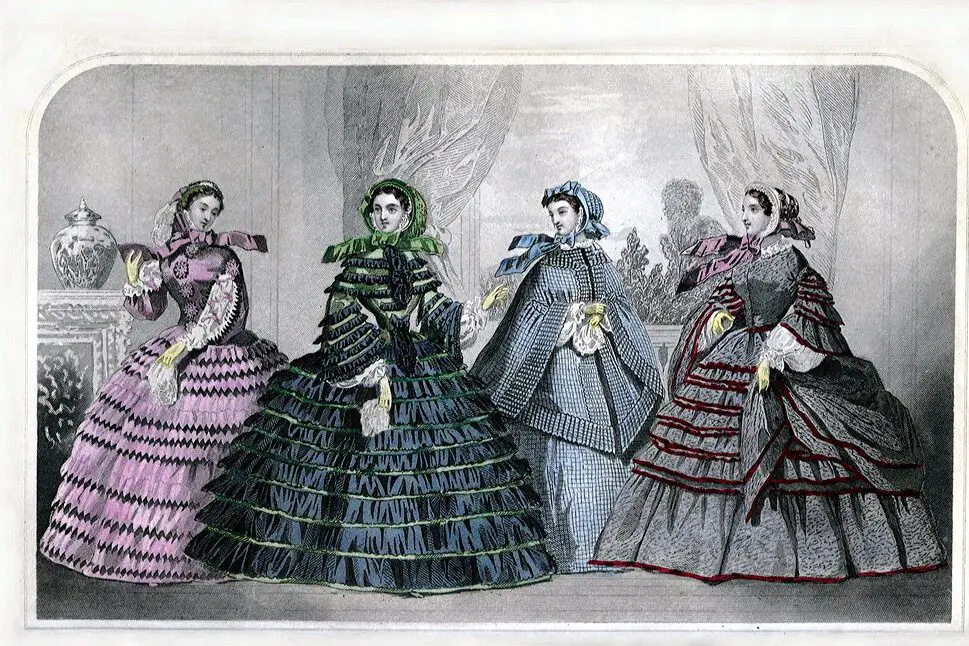
In the ’19th century, bigger was better when it came to skirts. Women wore crinolines, massive hoop skirts that extended their dresses several feet wide. These skirts were so large that walking through doorways or sitting down became a challenge. They were also a fire hazard, with countless cases of women’s skirts catching flames from candles or fireplaces.
Despite the risks, the trend remained popular for years, with women enduring discomfort for the sake of fashion. It wasn’t until more practical styles emerged that people finally moved on. Looking back, it seems wild that anyone would willingly wear something so impractical. It just goes to show how far people will go to fit in with beauty trends!
9. Arsenic Pills for Pale Skin
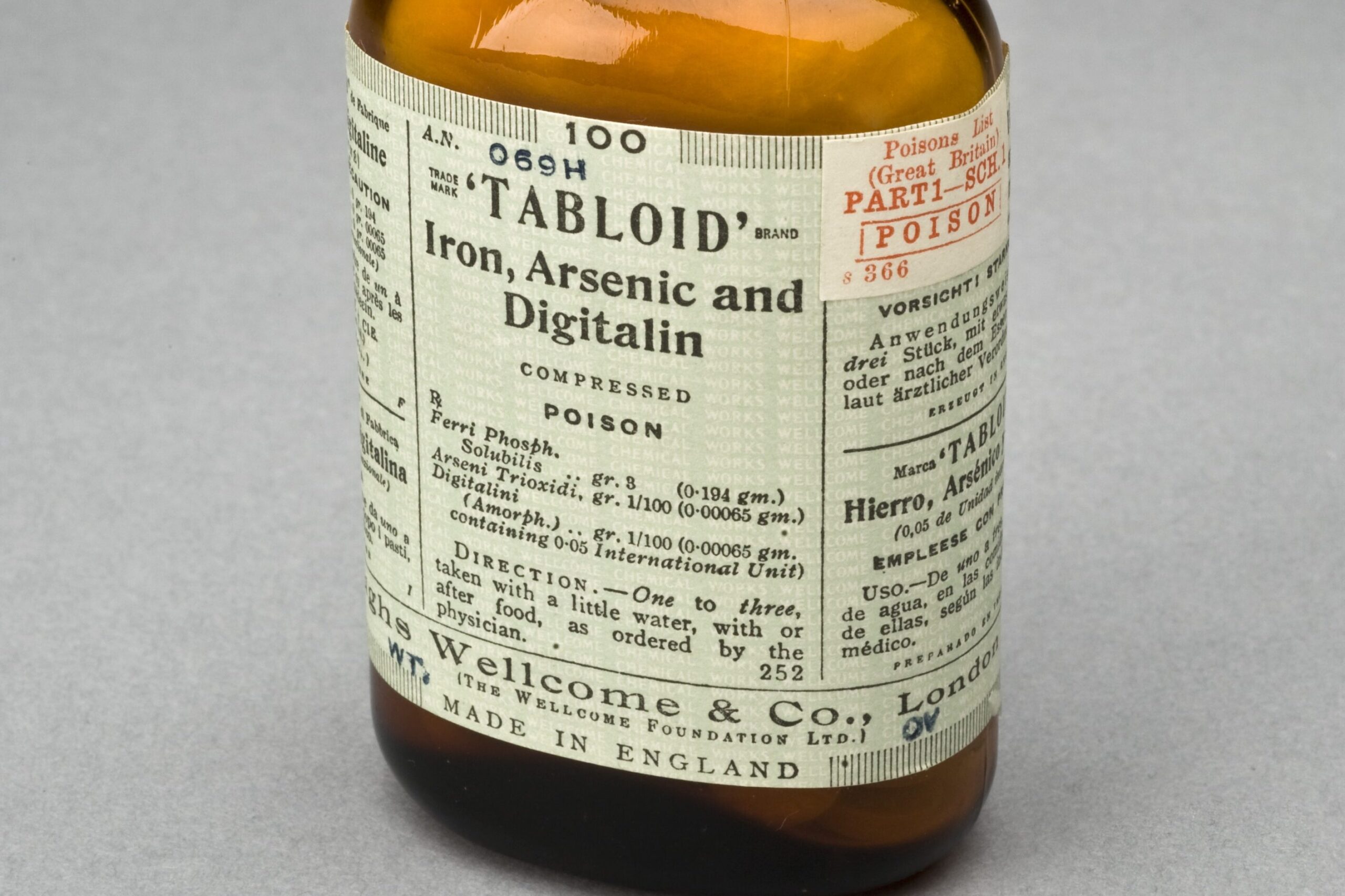
In the ’19th century, pale skin was a major status symbol, as it suggested a life of leisure rather than outdoor labor. Some women took extreme measures to maintain their ghostly complexion, including ingesting arsenic pills. Advertised as a way to enhance beauty, these pills promised to lighten skin, brighten eyes, and give a youthful glow. What they didn’t mention was that arsenic is highly toxic, causing organ failure, hair loss, and even death over time.
Despite these dangers, arsenic-based beauty products remained popular for years. Women believed that small doses wouldn’t cause harm, but in reality, the poison accumulated in the body. Once people started connecting arsenic use to serious health problems, the trend slowly faded away. It’s terrifying to think that people willingly poisoned themselves just to fit a beauty ideal.
10. The Gibson Girl’s Impossible Figure
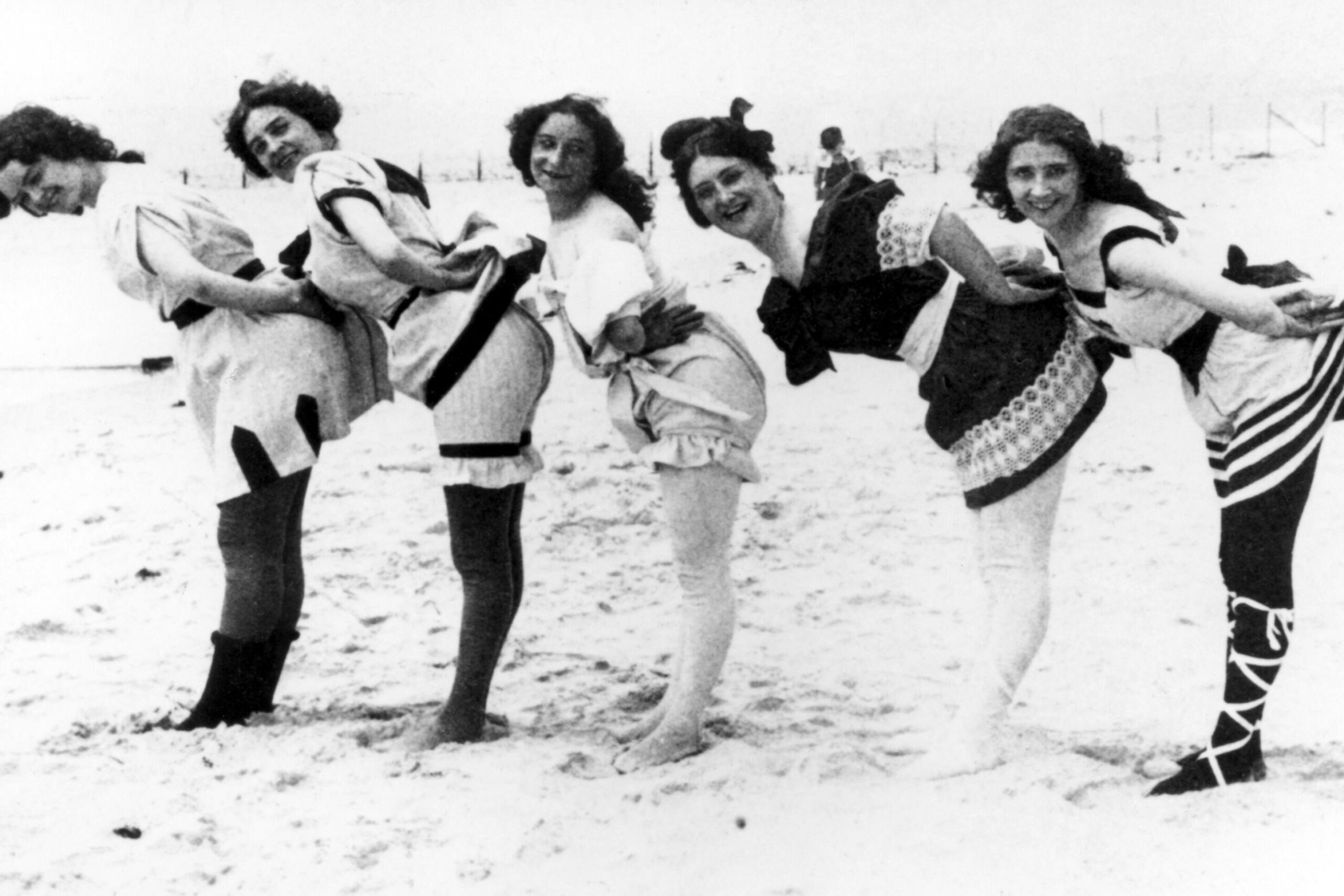
At the turn of the ’20th century, the “Gibson Girl” was the ultimate beauty ideal—tall, slim, yet somehow curvy, with a tiny waist and exaggerated hips. This unrealistic silhouette was mostly a fantasy, created by illustrator Charles Dana Gibson. His drawings depicted women with impossibly proportioned bodies, but that didn’t stop real women from trying to achieve the look. They wore tight corsets, bust enhancers, and padding to mimic the hourglass figure.
Of course, no one naturally looked like a Gibson Girl, but the pressure to fit the mold was intense. Women went to great lengths to cinch their waists and exaggerate their curves, often at the cost of comfort. The standard was just as unattainable as modern-day Photoshop edits. It’s a reminder that even in the pre-digital age, beauty ideals were often just as artificial.
11. Radium Beauty Treatments
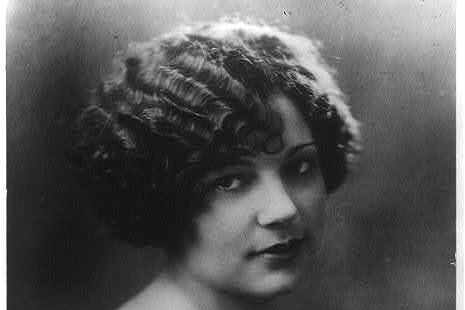
In the early ’20th century, radium was considered a miracle ingredient, believed to enhance beauty and even improve health. Skincare products, face creams, and even toothpaste were infused with radium to give users a “healthy glow.” Advertisements promised that the radioactive element would rejuvenate skin and make people look years younger. What they didn’t know was that radium exposure led to radiation poisoning, severe burns, and even cancer.
One of the most infamous cases involved the “Radium Girls,” factory workers who painted watch dials with glowing radium paint. Many suffered horrifying illnesses, proving just how dangerous the substance was. Eventually, scientists realized the true risks, and radium was banned from beauty products. It’s chilling to think that something so deadly was once marketed as a beauty secret.
12. Extremely High Heels in the ’15th Century
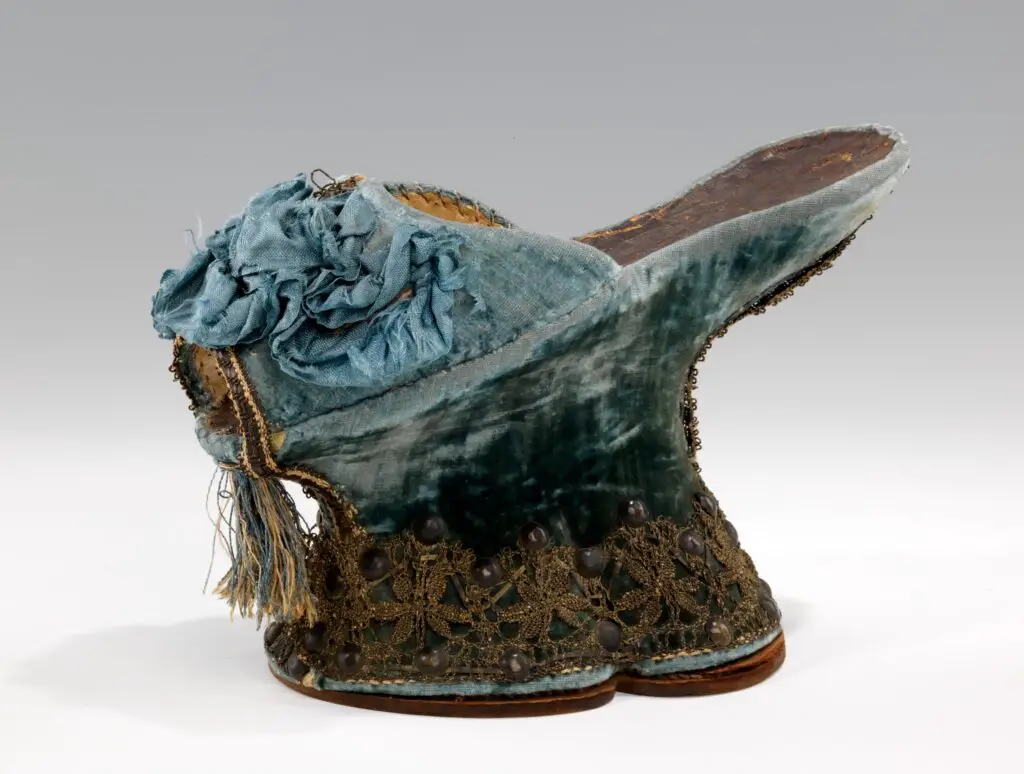
While high heels are still a fashion staple today, the platform shoes of ’15th-century Venice took things to a dangerous extreme. Called “chopines,” these shoes could be over 20 inches tall, forcing women to rely on servants or canes to walk. They were originally designed to keep dresses from dragging in the dirty streets, but they soon became a status symbol. The higher the platform, the more fashionable (and wealthy) the wearer appeared.
Walking in chopines was nearly impossible without assistance, and falls were common. Despite the impracticality, noblewomen eagerly embraced the trend, even though it made everyday tasks a struggle. Eventually, the style faded as more practical footwear became popular. It makes today’s stiletto struggles seem mild in comparison!
13. The Dangerous “Waspy” Waist of the ’50s
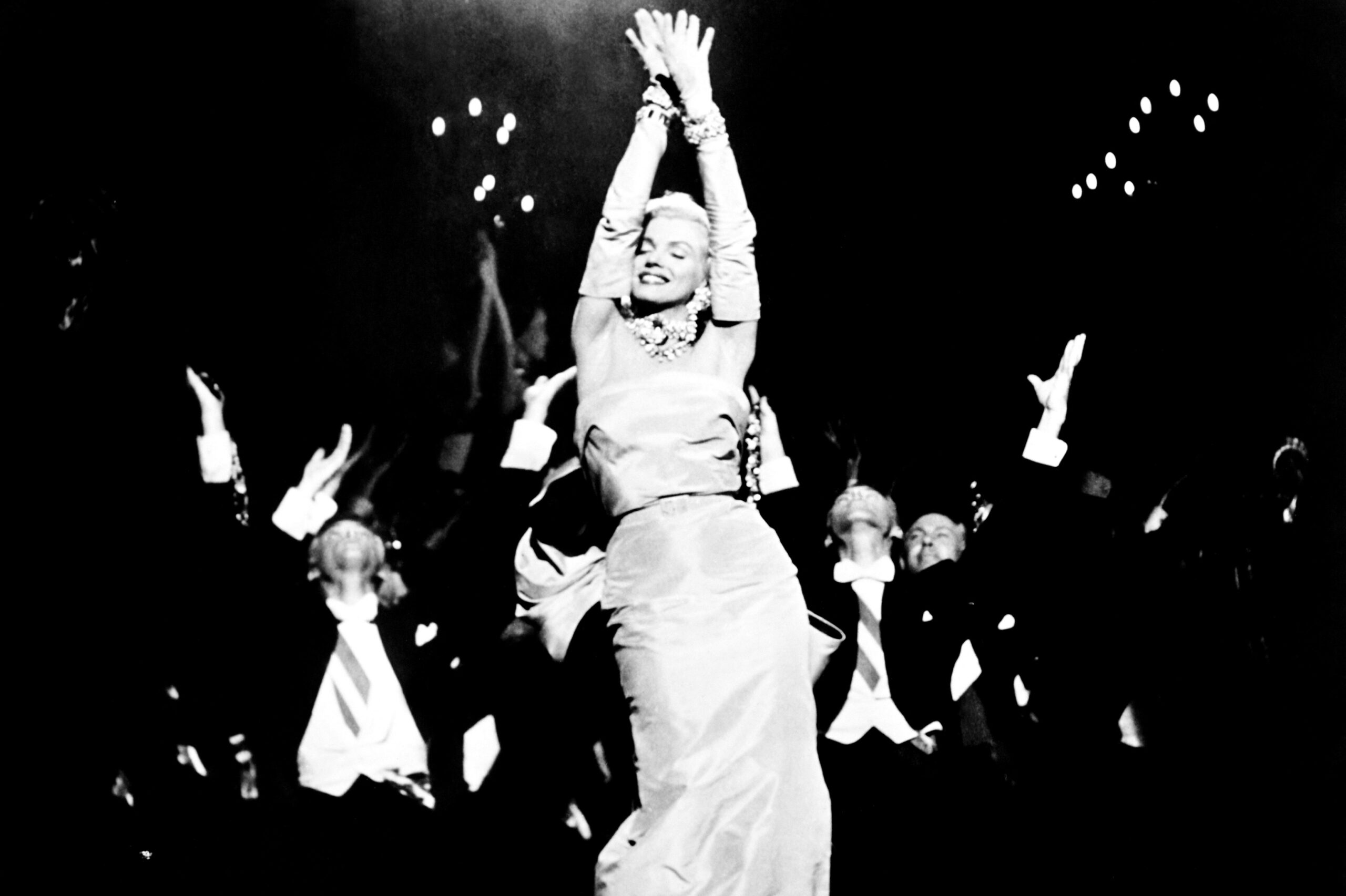
The ’50s brought back the obsession with tiny waists, thanks to Hollywood icons like Marilyn Monroe and Elizabeth Taylor. Women were expected to have a dramatic hourglass shape, often achieved with the help of extreme girdles. These tight undergarments compressed the waist while lifting the bust and hips, creating a sculpted silhouette. While they weren’t as damaging as Victorian corsets, they still restricted movement and caused discomfort.
Women were encouraged to diet obsessively to maintain their figures, with some turning to dangerous pills or extreme fasting. The pressure to have a “waspy” waist was relentless, reinforcing the idea that beauty required suffering. Thankfully, body positivity movements have helped change these expectations over time. But it’s a stark reminder that unrealistic beauty ideals have persisted for generations.
